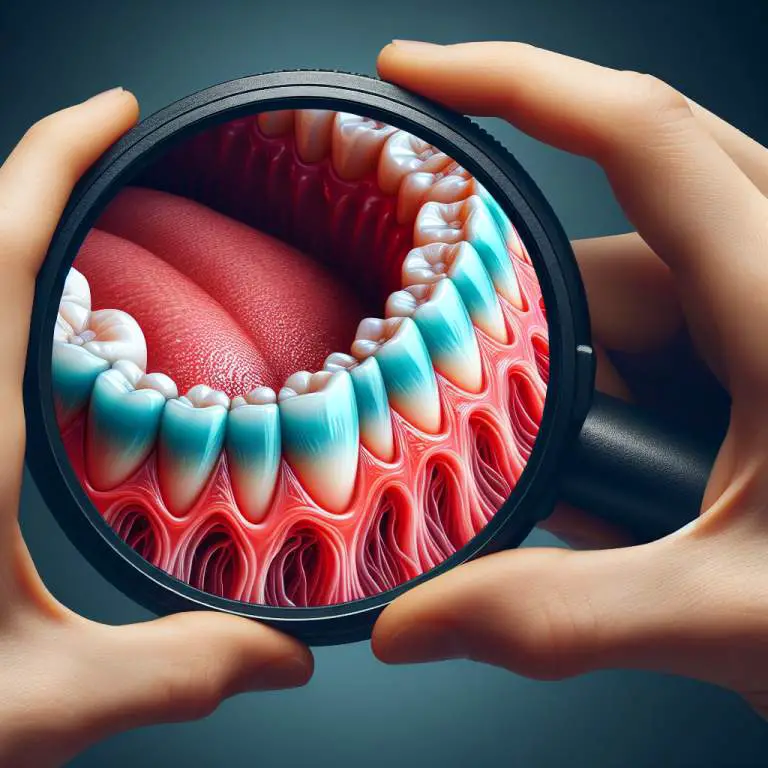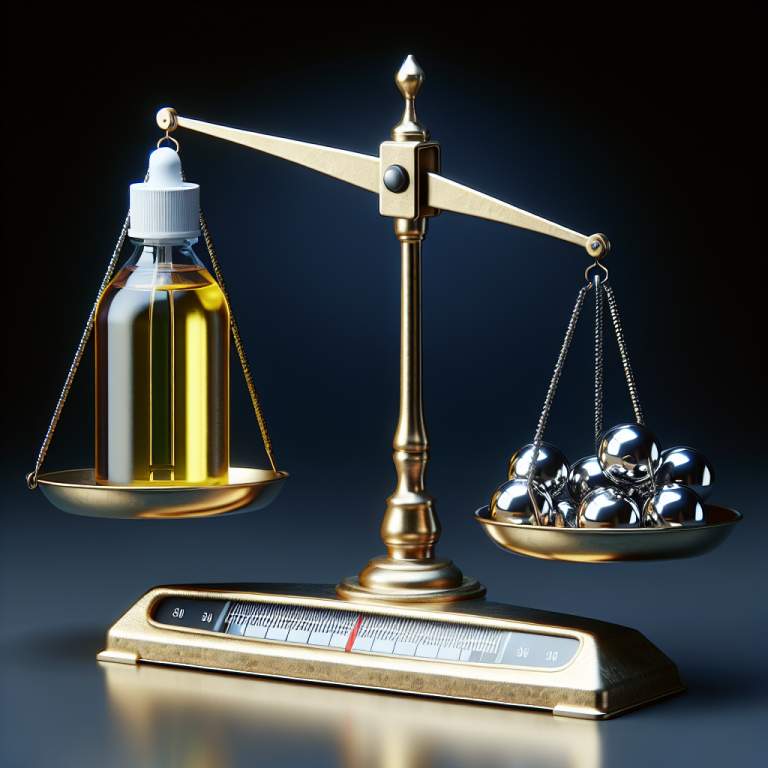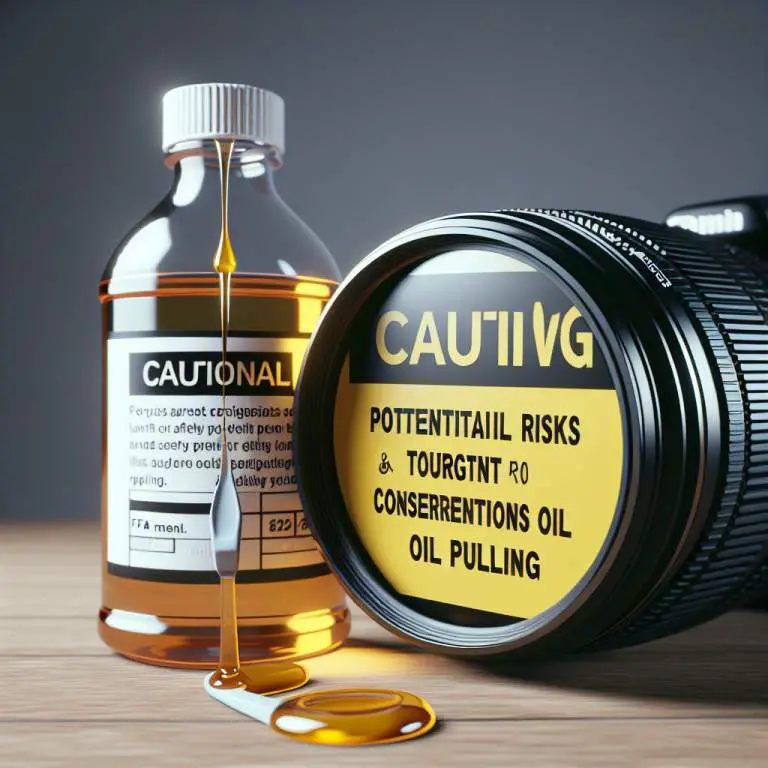How to start oil pulling: Tips for beginners
To start oil pulling, first, choose an oil like coconut, sesame, or sunflower oil. Swish a tablespoon of the oil in your mouth for 15 to 20 minutes, then spit it out into a trash can, not the sink to avoid clogs. Do this before you eat or brush your teeth in the morning for the best results. Remember, don’t swallow the oil because it collects germs from your mouth.

How do you start oil pulling for the first time?
Starting oil pulling for the first time is easy and straightforward. First, you need to choose the right type of oil, which could be coconut, sesame, or sunflower oil. These oils are often recommended because they have properties that can help clean and protect your mouth. Make sure the oil is pure and of good quality for the best results.
Once you have your oil, take about a tablespoon of it into your mouth first thing in the morning before you eat or drink anything. Swish the oil around your mouth, pulling it through your teeth and around your gums. Do this gently; there’s no need to use a lot of force. The goal is to cover as much of your mouth as possible with the oil.
What type of oil should you use for oil pulling?
When it comes to oil pulling, the type of oil you use is important. Coconut oil is a popular choice because it has a pleasant taste and is rich in lauric acid, which is known for its antimicrobial properties. This means it can help kill harmful bacteria in your mouth. Sesame oil is another good option, as it has been used for oil pulling for thousands of years. It’s known for reducing inflammation and providing a boost of antioxidants.
Sunflower oil is also suitable for oil pulling. It’s lighter in taste compared to coconut and sesame oil, which some people might find more appealing. No matter which oil you choose, make sure it’s cold-pressed and unrefined. This ensures that the oil retains its natural properties and benefits, making your oil pulling practice more effective.
How long should you oil pull each day?
For oil pulling to be effective, timing is key. It’s recommended to oil pull for about 15 to 20 minutes each day. This might seem like a long time, but it’s necessary to break down plaque and remove bacteria from your mouth. You can use this time to do other morning routines, like preparing your breakfast or taking a shower, to make it easier.
It’s best to oil pull on an empty stomach, so doing it first thing in the morning before eating or drinking anything is ideal. If you find it hard to keep the oil in your mouth for 20 minutes, start with shorter periods and gradually increase the time as you get used to the sensation and process.
Can you oil pull with braces or dental work?
Yes, you can still oil pull if you have braces or other dental work. In fact, oil pulling can be especially beneficial for those with braces because it helps clean hard-to-reach areas that brushing might miss. However, it’s important to be gentle and not swish the oil too vigorously to avoid damaging your braces.
If you have fillings, crowns, or dentures, you can also safely practice oil pulling. The oil won’t harm your dental work, but it can help maintain oral hygiene by reducing plaque and bacteria buildup. Always consult with your dentist if you have concerns about oil pulling with your specific dental work.
| Step | What To Do | What Not To Do |
|---|---|---|
| 1 | Choose the right oil (coconut, sesame, or sunflower oil). | Don’t use oils that are not meant for eating. |
| 2 | Start with a small amount (1 teaspoon). | Don’t start with too much oil. |
| 3 | Swish the oil gently in your mouth for 5-20 minutes. | Don’t swish too hard or too fast. |
| 4 | Do it on an empty stomach, ideally in the morning. | Don’t do it right after eating. |
| 5 | Spit the oil into a trash can when done. | Don’t spit the oil into the sink or toilet. |
| 6 | Rinse your mouth with warm water afterwards. | Don’t skip rinsing your mouth. |
| 7 | Brush your teeth as usual. | Don’t use the oil as a toothpaste replacement. |
What are the dos and don’ts of oil pulling?
When you start oil pulling, remember to do it with a tablespoon of oil on an empty stomach. Swish the oil gently in your mouth for about 15 to 20 minutes. Don’t swish too hard, or you might tire your jaw muscles. It’s like washing dishes; you need to be thorough but gentle.
Don’t spit the oil in the sink because it can clog your pipes. Instead, spit it into a trash can. Also, don’t swallow the oil since it’s full of the toxins and bacteria you’re trying to get rid of. After you’re done, rinse your mouth with warm water and brush your teeth as usual to remove any oil residue.
How do you know if oil pulling is working?
You might wonder how to tell if oil pulling is making a difference. One sign is improved oral health, like less plaque and healthier gums. Your teeth might also appear whiter and feel smoother. These changes can take a few weeks to notice, so be patient and keep at it.
Another sign that oil pulling is working is better breath. If you often deal with bad breath, you might find it improving as oil pulling helps remove harmful bacteria from your mouth. Remember, these benefits build up over time, so consistency is key.
Are there any side effects to oil pulling?
Oil pulling is generally safe, but some people might experience side effects. For example, you might feel a bit nauseous at first, especially if you’re not used to having oil in your mouth. If this happens, try using less oil or pulling for a shorter time until your body adjusts.
Some folks might also notice an increase in mucus in their throat or sinuses after oil pulling. This is usually your body’s way of getting rid of toxins. If any side effects bother you or don’t go away, it might be a good idea to talk to a dentist or doctor.
What other oral health practices should you combine with oil pulling?
Oil pulling is just one part of a good oral hygiene routine. You should still brush your teeth twice a day with fluoride toothpaste. Flossing daily is also important to remove food particles and plaque from between your teeth where your brush can’t reach.
Don’t forget to visit your dentist regularly for check-ups and cleanings. Eating a healthy diet and limiting sugary snacks can also help keep your teeth and gums in top shape. Combining these practices with oil pulling can give you the best results for your oral health.
Final Thoughts
Oil pulling can be a great addition to your oral health routine, but it’s not a cure-all. It’s most effective when used alongside traditional oral care methods. Remember to follow the dos and don’ts, and be patient as you look for signs of improvement in your oral health.
If you experience any side effects or have concerns, don’t hesitate to reach out to a healthcare professional. With the right approach, oil pulling can help you maintain a healthy, happy smile.






